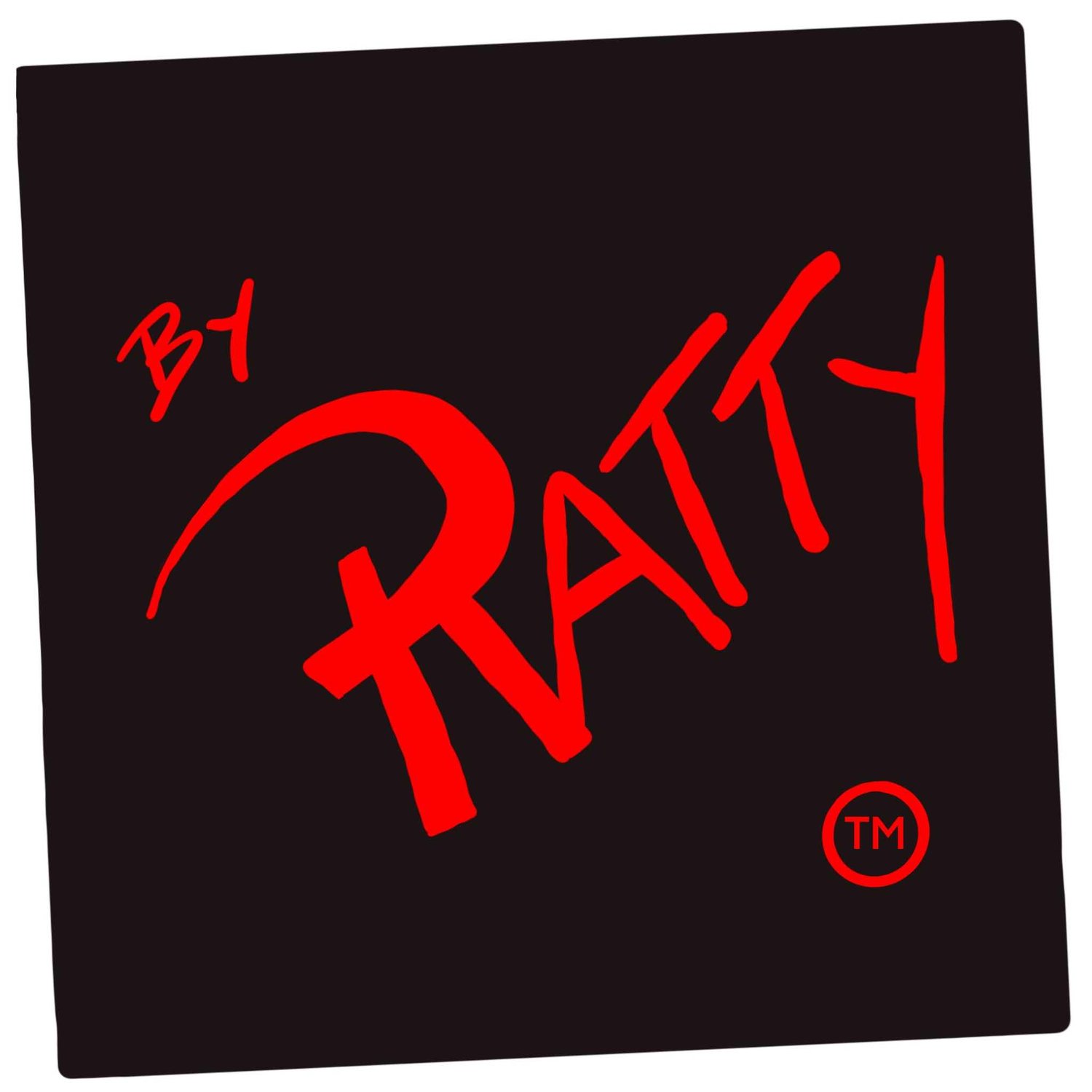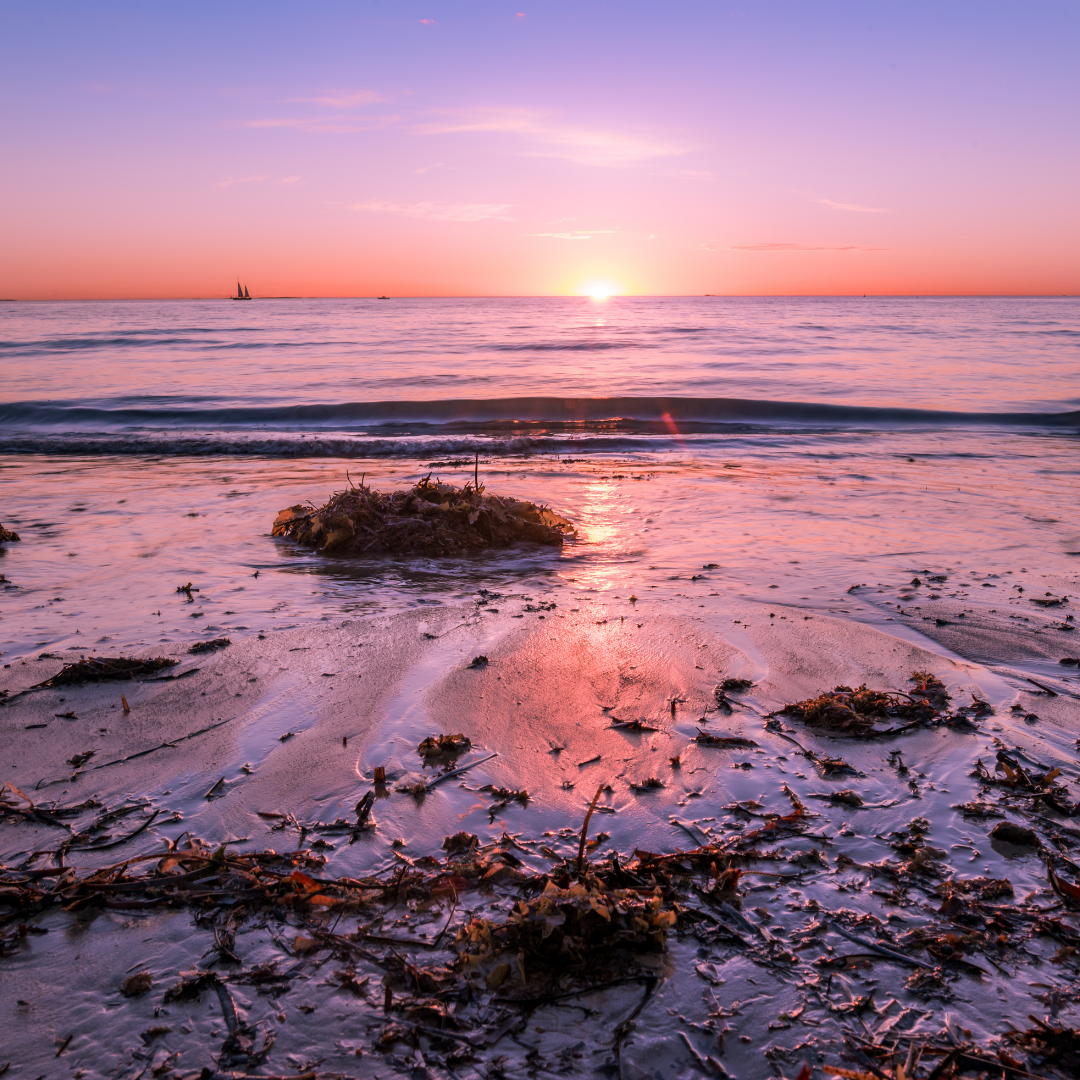Surfing Chapter Nine: Shark!/ サーフィン 第9章:サメ!
We were almost a part of the food chain…/危うく食物連鎖の食される側に
Despite Mad Max, we stayed on at Cactus a few more days and got some good waves. Then we hit the road again before making a brief stop at Port Lincoln, a peninsula surfing spot just short of five hundred kilometers further East.
While Bazza and Spit Ball played cards Vegemite and I went for a surf. We were in the water for about forty five minutes when I spotted a dorsal fin rise out of the water about 15 meters away. I gave a shout and together we immediately caught a passing wave in. The fin cruised up and down just beyond the shore break before disappearing once again.
We knew it was no dolphin and the thought of our close call had us reaching for a beer to calm our nerves. The cold currents of South Australia are notorious for sharks and we both knew that we had almost become part of the food chain.
We drove for a further six hours before reaching Adelaide and booking in to a caravan park. Time to restock all supplies and refill the tanks. It was great to have our first real hot shower in a long time BLISS!
We stayed a day and then drove the three hundred and eighty km to Beachport where we enjoyed some excellent beach breaks. Bells Beach was another three hundred and fifty Km down the Western highway and by the time we got there it was a wet and windy morning. It was onshore and gale force. We watched the huge 12-15 foot swell from the cliff top. Two guys were out there, scrambling to make it out the back as the huge waves bore down upon them.
It was too big for us. We watched them for a few hours before seeking shelter in the comfort of the bus and then headed off for something more promising. Perhaps Torquay?
Surfing, like life, can be defeating at times, you do need to know your limits and when to let go. Letting go is an important part of going with the flow.
A surfboards design is mostly all about letting go. Various shapes release the water from under and around the board and channel it, depending on design, so that the fins offer the best stability that then helps the rider move the board in the most desirable way.
As I have mentioned in past posts, with a little imagination we can decide not to identify with our own mind (which is more like the emotional energy of a wave) and instead use the idea of a surfboard to symbolically represent ourselves on the wave, instead of in it, and thus keep us upright. (For those of you who think this sounds wacky please see my explanation in chapter seven.)
Most of this, the idea of controlling our life, actually has much more to do with the concept of letting go of life than of trying to control it. Just as with basic surfboard design, it just makes plain sense that you cant actually move forward in your life without the notion of also letting something go.
I’m here to tell you that just as riding a wave to completion involves the releasing of huge volumes of water from under the board, letting go of the things in your life that are holding you back will do the same. By “releasing” I mean “over a period of time”. If you are young you may not have much to release, and that's fine. If you are older you may have a lot. When you are totally honest with yourself only you know how much emotional energy, frustration or confusion is contained deep down in the depths of your very own wave.
My point is that you don’t dive into the wave (by identifying with your mind). In your minds eye, your imagination, you get yourself on the little surfboard and you ride that energy, (by releasing it from under you) the energy of which will propel you forward and then allow you to float, ride, balance, or whatever you want to call it, to move your life forward and let it unfold as it should.
What do I mean by Letting go? Letting go is all about the heart. Its about repeatedly untangling your heart from doubt and then riding the wave of your life all the way to the beach.
You may say “That's fine Rob,” “…but I have real problems that I cant let go of! If I let them go things will get worse!”, and I will say “Your right!” I’m not talking about throwing away all your responsibility, I’m talking about SEEING your situation differently, about seeing YOURSELF differently. The way you see your yourself in relation to your problems determines how you get through them. Keep looking, I’m suggesting that life is NEVER what it at first appears to be, (just as a child sees the world differently than an adult, ) “The Sea of Illusion,” as Buddhism refers to it, is a mass of confusion, problems and suffering that reflect our humanity, but we can ride above it.
Your mind is malleable, so change your perspective, don’t waste your time trying to change all your life circumstances. That is the equivalent of getting caught in a rip (Strong ocean current). Just imagine “Self” as the design of a surfboard so that it fits with the flow of everything. Its hard to change the circumstances of life but easy to change an open mind. It can be done in a heartbeat.
Faith is life itself, regardless of the Sharks.
Next post: The Bridge.
Mad Maxの一件は気がかりだったが、その後も俺たちはカクタスに数日滞在し、素晴らしい波に乗って過ごした。それから俺たちは再びバスに飛び乗って、ポートリンカーンに少し立ち寄った。ポートリンカーンは、東に500キロも離れていない半島のサーフスポットだ。
BazzaとSpitBallがカードゲームをしている間Vegemiteと俺はサーフィンに繰り出した。45分間ほど水中にいたところ、約15メートル離れたところから背びれが水面から浮き上がっているのを見つけた。俺は叫び声を上げ、Vegimiteと一緒にすぐさまちょうど来た波を捉えてその場を離れた。その背鰭はショアブレイクを越えて上下に巡航し、その後再び姿を消した。
それがイルカじゃないことを確信した俺らは危機一髪の状況から脱したヒヤヒヤ感の中、心の安定剤であるビールに手を伸ばして心を落ち着かせようとした。南オーストラリアの冷たい海流はサメの頻発エリアであり、俺たち二人は危うく食物連鎖の食される側になるところだったのだ。
そこからさらに6時間運転してアデレードのキャラバンパークに到着した。ここですべての備品を補充し、タンクを満タンにした。久しぶりに本物の温水シャワーを浴びることができて最高に気持ちが良かったBLISS(です)!
俺たちは1日滞在した後、380 kmをドライブしてビーチポートに行き、そこで素晴らしいビーチブレイクを楽しんだ。ベルズビーチは西部の高速道路をさらに350キロ下ったところにあり、そこに着く頃には土砂降りで、オンショアの強風の朝になっていた。俺たちが12〜15フィートの巨大なうねりを崖の上から観察していると、二人の男がそこにいて、巨大な波に襲われながらも、一所懸命にスクランブリングしていた。
波が大きすぎると察知した俺たちは数時間彼らを傍観したのち、快適なバスに乗り込んで、もっと魅力的な場所を目指した。おそらくトーキーあたりか?
サーフィンは、人生のように、時に敗北することもあります。自分の限界といつ手放す(妥協する)かを熟知する必要があります。手放すことは、流れに沿って進む上で重要な部分です。
サーフボードのデザインで大切なことは受け流すことです。さまざまなデザインに応じてボードの下や周囲に水の流れを作り出します。これによりフィンは最高の安定性を発揮することができ、サーファーがボードを自由自在に動かすことができます。
過去のブログに記載したように、少し想像力を働かせれば、自分の心(波の感情的なエネルギーのようなもの)に飲み込まれることなく、自身をサーフボードに見立てて、その波の上に浮かんで動くことが可能になるのです(俄かに信じ難いと思う方は、第7章の私の説明を参照してください) 。
私たちが人生で多くの選択をする中で、選ぶ事ももちろん大切ですが、手放すという選択も非常に大切になります。基本的なサーフボードのデザインと同じように、何かを手放すことも考えずに、実際に人生を前進させることができないのは当然のことです。
波に乗るときにボードの下で流れを作って水を送り出すのと同じように、人生を前進する際に足枷(かせ)となっている物を手放すことも同じ役割を果たします。 手放すと言っても時間をかけてしてください。まだ低年齢の人ならそんなに手放すという選択肢は有用ではないかもしれませんね。年齢を重ねた方がその歴史の分だけ取捨選択する必要性がある物を多く持っている可能性があります。まずは自分自身に正直になって、自身の波の奥深くにどれだけの感情的なエネルギー、欲求または混乱が折り重なっているのかを検証してみてください。
ここで正しておきたいポイントは、この作業は(あなた自身が心の波と一体化してしまっては取捨選択ができなくなるので)自身が波に飛び込むことはないということです。あくまでも、心の目になって、想像力の中で小さなサーフボードに乗ってそのエネルギーの波に乗ります。(ボードの下から手放す作業をすることによって)そのエネルギーはあなたを前進させ、そして身軽に浮いたり、乗りこなしたり、バランスをとることなどを可能にして、本来あるべき姿の人生へと導いてくれるのです。
手放すってどういうことなのか。この解放作業は全て心の中で起こることです。それは繰り返しあなたの心を疑いから解き放ち、そしてあなたの人生の波に乗ってビーチまでたどり着くことなのです。
「まぁそんなの絵空事だよね、ロブ」
「…でも、手放せない問題だってあるし、それらを手放すと事態は悪化してしまうよ!」
と仰る方もいるでしょう。
それに対して私が言えることは、「確かにその通り、あなたがいうことも一理あり!」
しかし、ここではあなたが抱える全ての責任を放棄することを話しているのではなく、あなたの状況を異なる視点から見ることについて、あなた自身を異なる角度から見ることについて話しているのです。問題と自分自身との関係性をどのように捉えるかによって、問題の乗り越え方が決まるので、とにかくいろんな視点を探し続けてください。(子供が大人とは異なって世界を見るように)人生は最初に見えるものが全てではないと私は思います。「幻想の海」は仏教がそれを指すように、私たちの人間性を反映する混乱、問題、苦しみですが、私たちはそれを乗り越えることができます。
心というものはしっかりと時間をかければ順応性があるので、慌てて状況を変えようとして時間を無駄にせずに、新しい視点を探ってみてください。これは、サーフィン用語でいうところのRIP(強い海流)に巻き込まれるのと同じです。“自身”をサーフボードのデザインとして見立てると様々な流れにフィットします。人生の状況を変えるのは難しいですが、オープンマインドで自身のものの捉え方を模索して、しっくりくるものと出会えれば思考を変えるのは容易です。それはハートビートで行うことができます。
サメなど、目の前の問題に囚われず、人生は信じる者こそ得をするのです。
次の投稿:橋












